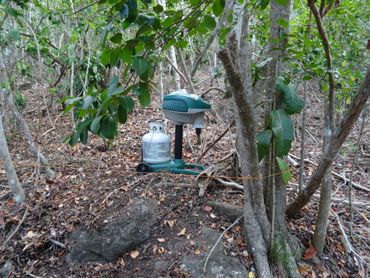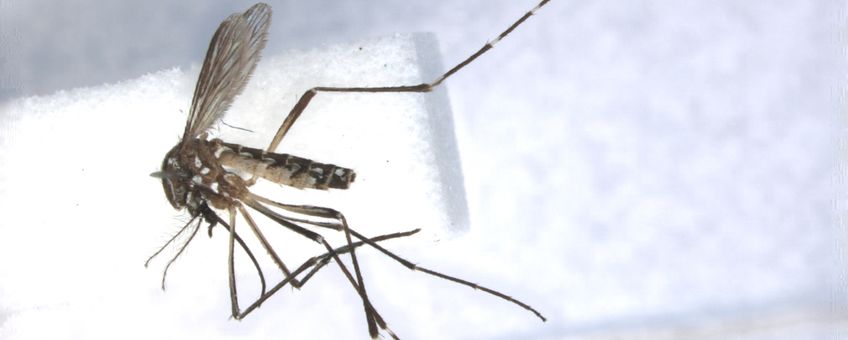
Eleven species of mosquitos found on Leeward Dutch Caribbean Islands
Naturalis Biodiversity Center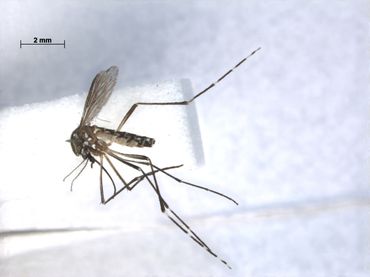 Mosquitoes, often considered a pest, can provide important information concerning the presence of certain diseases. In addition, mosquitoes provide important functions in several ecosystems: as a food source, serving as water filters and plant pollinators. When studied, they can give researchers insight in the overall health of the ecosystem. The Leeward and Windward islands (excluding Trinidad and Tobago) are known to host over seventy different mosquito species; although not all are known to feed on human blood.
Mosquitoes, often considered a pest, can provide important information concerning the presence of certain diseases. In addition, mosquitoes provide important functions in several ecosystems: as a food source, serving as water filters and plant pollinators. When studied, they can give researchers insight in the overall health of the ecosystem. The Leeward and Windward islands (excluding Trinidad and Tobago) are known to host over seventy different mosquito species; although not all are known to feed on human blood.
With an increase in international travel, along with a change in land use through urbanization, there have been significant changes within mosquito populations over the last few decades. This is especially true within the Caribbean, where an increase in human population has been coupled to an increase in major mosquito-borne disease outbreaks. Some examples of this were the 2014 outbreak of chikungunya and the 2016 outbreaks of zika and dengue.
2018 Survey
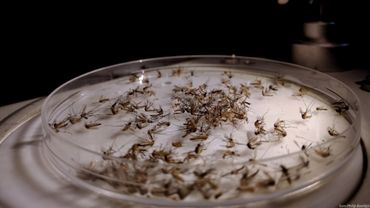 A 2018 study surveyed the islands of Sint Eustatius, Saba and Sint Maarten, to better understand the local mosquito populations. This study was part of the Naturalis biodiversity study of 2018 and was the first of its kind since the surveys in 1947 by Edwin van der Kuyp and 1949 by Pieter Wagenaar Hummelinck. In addition to documenting specific species present, this study also provided a new key to be used for species identification for both adults and larvae which will be helpful in future studies.
A 2018 study surveyed the islands of Sint Eustatius, Saba and Sint Maarten, to better understand the local mosquito populations. This study was part of the Naturalis biodiversity study of 2018 and was the first of its kind since the surveys in 1947 by Edwin van der Kuyp and 1949 by Pieter Wagenaar Hummelinck. In addition to documenting specific species present, this study also provided a new key to be used for species identification for both adults and larvae which will be helpful in future studies.
The surveys were conducted between April and October of 2018 and included a one-week survey for each of the three islands during the dry season and a ten-day survey during the wet season for Sint Maarten and Saba. These surveys included setting ten trapping sites in a variety of urban, semi-urban and natural habitats. At each site, a combination of four different methods were used: two different mosquito traps, a net to catch free flying adults and an aquatic net, turkey baster and electric pipet to sample larvae.
Results
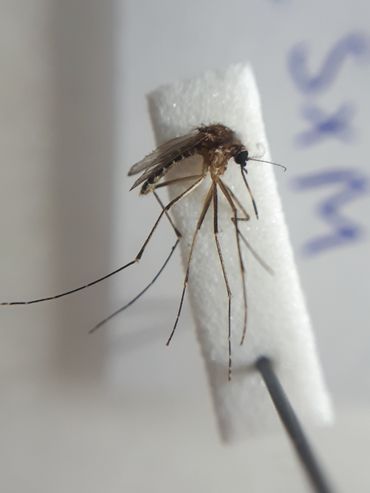 Altogether a total of 871 adults were captured, and adult and larvae specimens from eleven species were identified between the three islands; eight on Sint Maarten, six on Saba and two on Sint Eustatius. The two most common adults captured were the southern house mosquito, Culex quinquefasciatus (56 percent of the adults) and yellow fever mosquito, Aedes aegypti (35 percent of the adults). Of the eight species found on Sint Maarten, two had never been documented before and are known to be potential disease carriers, the Florida SLE (Saint Louis encephalitis) mosquito (Culex nigripalpus) and black salt marsh mosquito (Aedes taeniorhynchus).
Altogether a total of 871 adults were captured, and adult and larvae specimens from eleven species were identified between the three islands; eight on Sint Maarten, six on Saba and two on Sint Eustatius. The two most common adults captured were the southern house mosquito, Culex quinquefasciatus (56 percent of the adults) and yellow fever mosquito, Aedes aegypti (35 percent of the adults). Of the eight species found on Sint Maarten, two had never been documented before and are known to be potential disease carriers, the Florida SLE (Saint Louis encephalitis) mosquito (Culex nigripalpus) and black salt marsh mosquito (Aedes taeniorhynchus).
Shifting mosquito Populations
Overall, this most recent study documented fewer retrieved species than previous studies, suggesting an overall loss of mosquito biodiversity within the mosquito populations. One species (Cx. habilitator), previously found on Sint Maarten was not retrieved from any of the islands during the 2018 survey. This species can be difficult to identify as the adults look very similar to Cx. bahamensis and the larvae appear similar to Cx. nigripalpus, so it is possible that these were originally misidentified in the 1947. In addition, species typically found in areas with high human populations were found in abundance on Sint Maarten and Sint Eustatius, but were rare on Saba, highlighting the impact of habitat degradation and the positive results of intensive vector control strategy on Saba, whereas this is more complicated on the other islands.
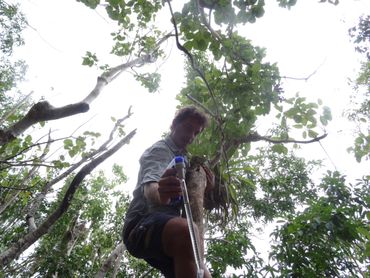
Importance of future studies
Understanding local insect populations can provide insight in the health of the environment. For example, shifts of populations towards those known to be ‘indicators of anthropogenic activity’ can show the impact of increased urbanization or degraded local natural habitat. Gaining an understanding for the biodiversity and population density of mosquitos can give researchers a clearer insight in the current natural state and help to warn public officials on potential health concerns. More information and follow up studies are required to gain a more complete understanding of local mosquito populations.
Report your sightings
Please report any sightings or photos you have of insects on dutchcaribbean.observation.org (or observation.org). This is a free website and app which allows local citizens to report sightings of plants and animals. These tools are available in over forty languages and can be used by biologists and citizens and tourists alike. Species reports by local communities are invaluable for nature conservation efforts to help increasing public awareness and overall species protection. Besides, Observation.org is working together with Naturalis Biodiversity Center on automated species identification software. Your uploaded photos are of great value to make this possible. For questions, please contact research@DCNAnature.org.
More information
You'll find more information in the paper Taxonomy, ecology and distribution of the mosquitoes (Diptera: Culicidae) of the Dutch Leeward Islands, with a key to the adults and fourth instar larvae.
Text: Naturalis Biodiversity Center
Pictures: Sam Boerlijst; Jordy van der Beek

